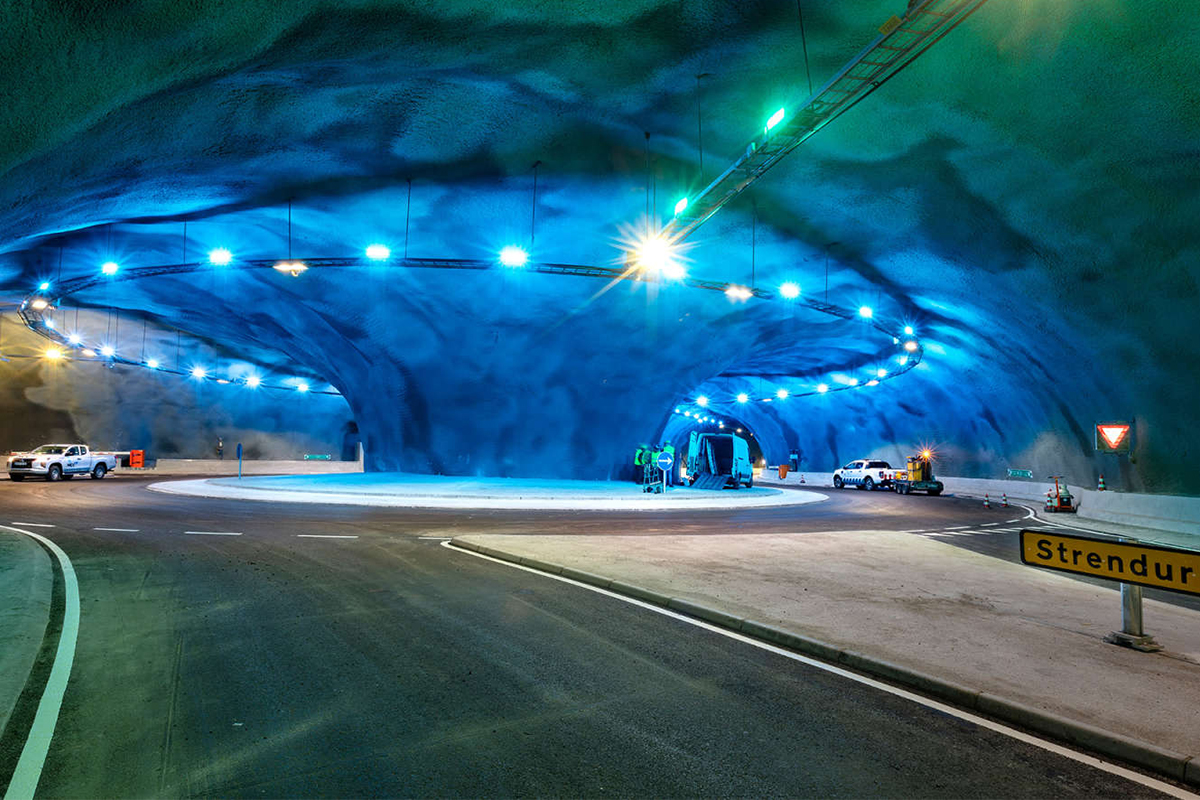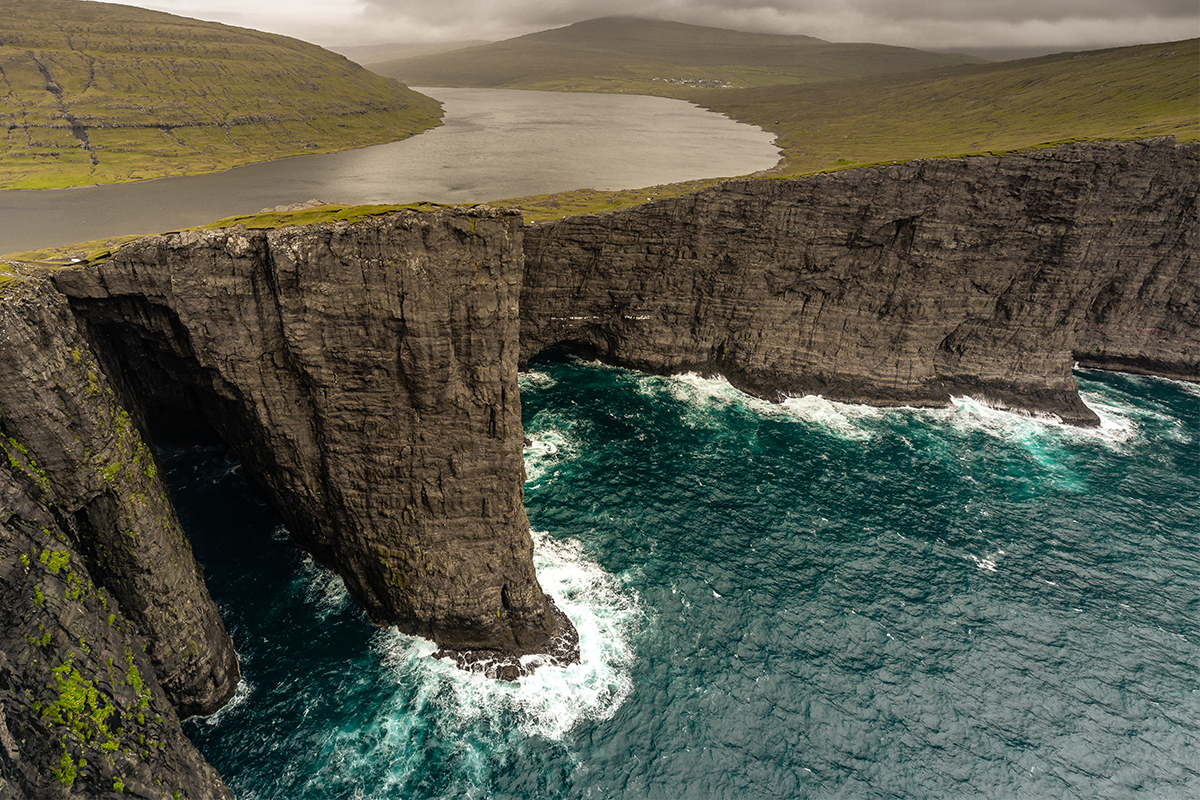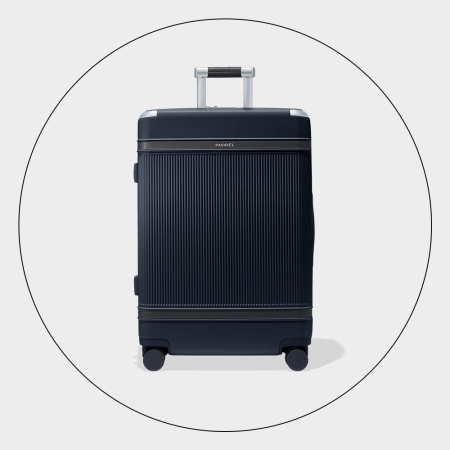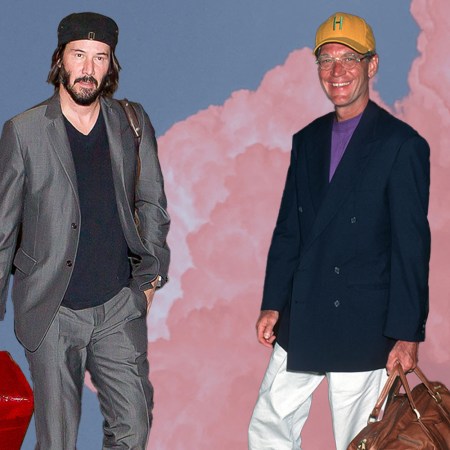The Faroe Islands, an autonomous, volcanic archipelago in the North Atlantic Ocean, found fame a few years ago for its beautiful waterfall: Múlafossur. It’s on every travel influencer’s bucket list, so you’ve probably seen it 75 times before.
The small nation has managed to seize the moment, though, and seems to pop up in the news every couple months or so for some very wacky, but always inspired ideas. The islands have “closed for maintenance,” as part of a “voluntourism” scheme where visitors can apply to come clear walking paths and repair ancient cairns; they’ve opened distilleries that mix gin with Faroese seaweed; and at the beginning of quarantine, locals walked around the islands with live video camera strapped to their bodies, to give foreigners a chance to see something new.
The latest innovation? An undersea tunnel that will cut a 64-minute trip between two towns to just 16 minutes.

This project calls to mind the calculated-but-beautiful architecture of the Faroe Islands’ neighbors to the east, in Scandinavia. (Little wonder — the islands are actually a self-governing state of the Kingdom of Denmark, which knows a thing or two about design.) The tunnel, called Eysturoy opens December 19, and it will connect the capital Tórshavn to the northward villages of Strendur and Saltnes. It’s nearly seven miles long, it took three years to build, and it dives 613 feet below the sea, but keeps the gradient level below a steepness of five percent.
It’s a hell of an accomplishment for a population of just 52,000, which counts its closest mainland country as Scotland, a full 200 miles away. The tunnel cost $160 million to build —which, hey, some of that money could probably be traced back to Instagram photos of Múlafossur — and will host about 6,000 vehicles a day. It’ll be a big moneymaker for the state (the toll is $12 — for reference, New York City’s George Washington Bridge is $13.75 for Peak), but motorists will have a pretty enjoyable ride.
The Faroe Islands sourced the talents of local artist Trondur Patursson, who lighted the walls in an icy blue. Like the rest of the country, it’s a sight to behold.
Thanks for reading InsideHook. Sign up for our daily newsletter and be in the know.


















